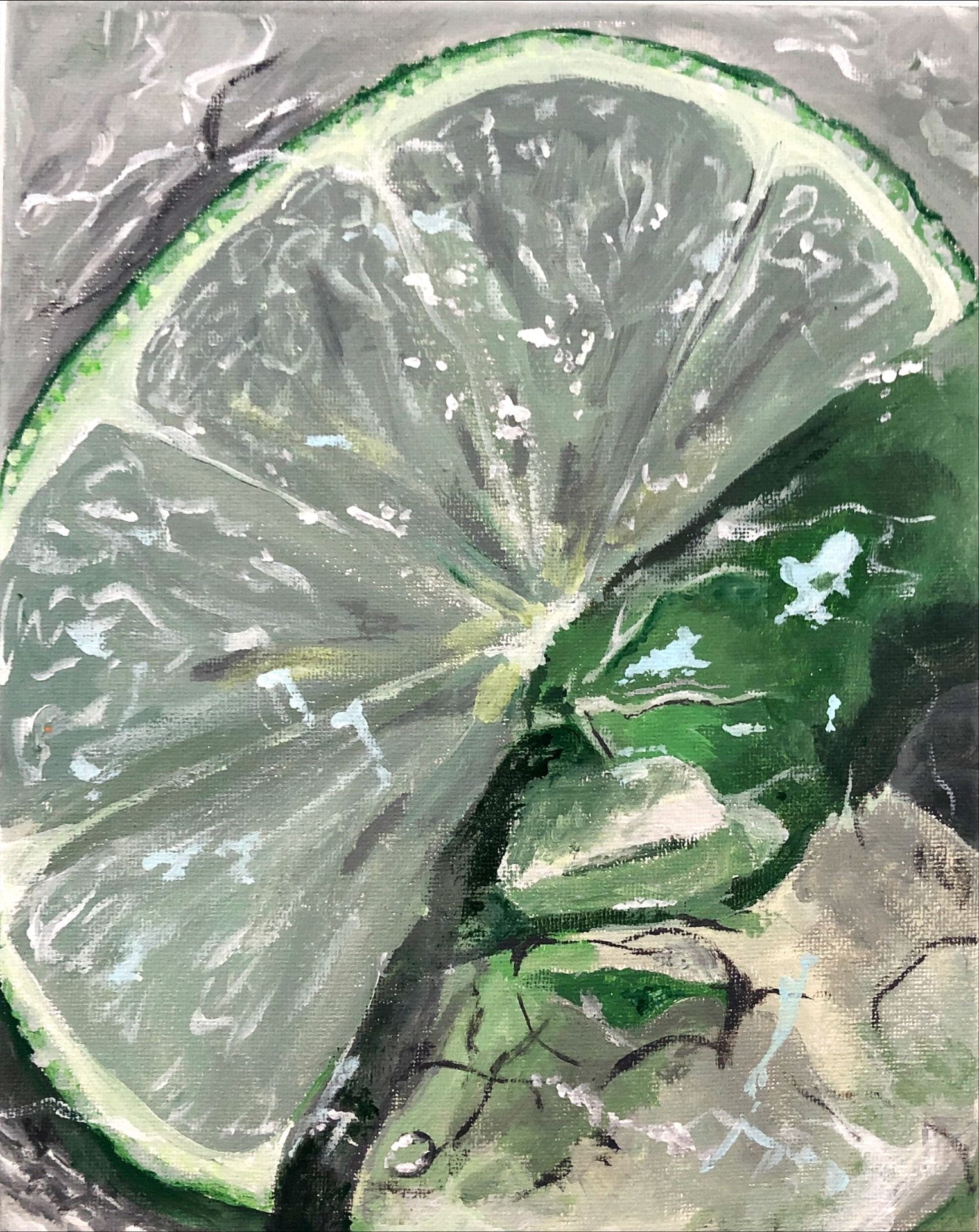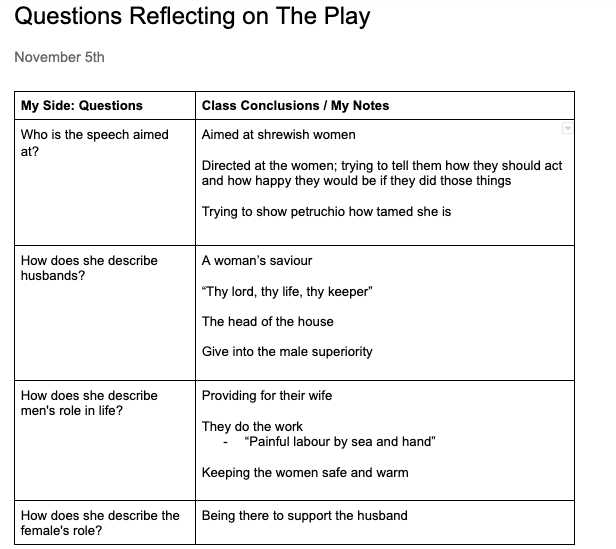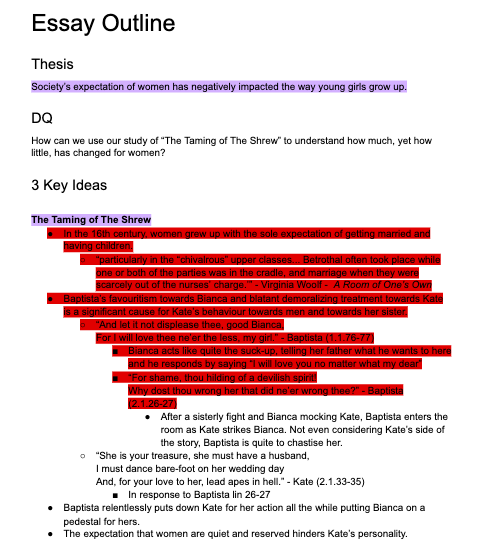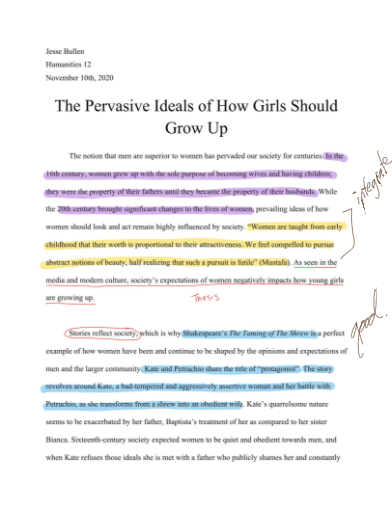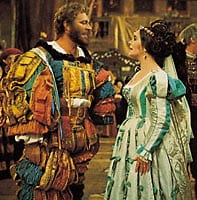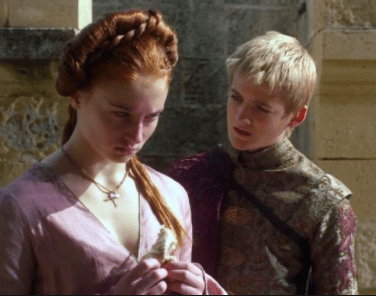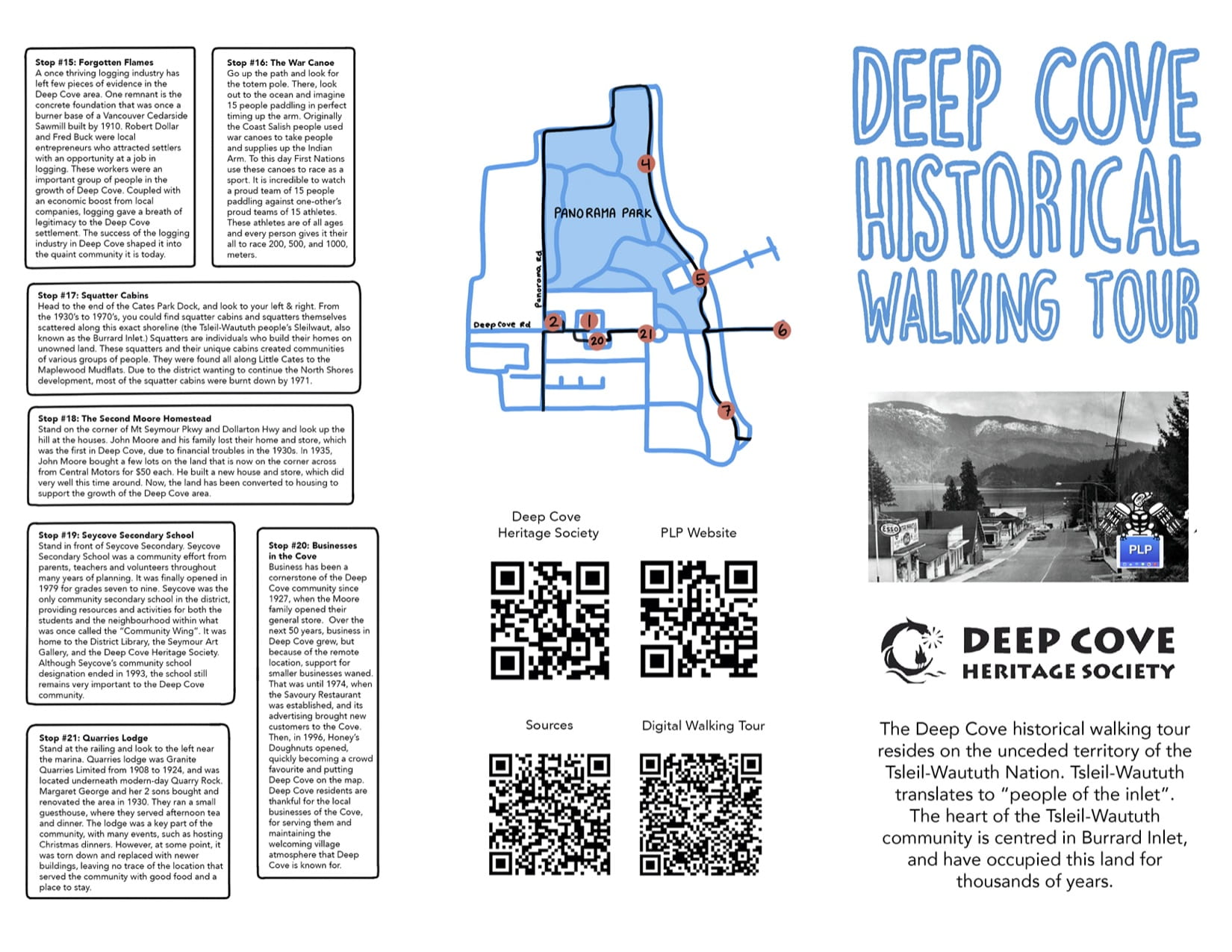The Manson Family & An Exploration on New Religious Movements
Hello there! You may notice my blog has gotten a bit of a revamp. A much-needed one if you ask me. Not only that, but this new blog theme comes hand in hand with a new social studies topic! This post may require a **CONTENT WARNING** though because today we are talking about…
New Religious Movements

But hold on, what is a New Religious Movement (NRM)? Well, you probably know the term under a more common name. Cults. Although the term Cult is usually avoided during academic studies of these sorts of groups. New Religious Movements are groups that have extreme beliefs that are often confusing to mainstream society.
New Religious Movements emerged predominantly in the 1960s and ’70s as American’s searched for new ways of understanding their world. This need for answers was heavily influenced by the violent and jarring events of those eras. People often turned to religious or spiritual guidance during this time because it provided those answers and gave people a sense of community. Unfortunately, the term Cult has a very negative connotation and people feared for their loved ones who became involved. The fear that grew in Americans was not undeserved. With groups like the Manson Family and the Jonestown Massacre, there was true cause for worry.
The Manson Family
For almost a week now, I’ve been doing independent research on NRMs and there are many key ingredients that make up these groups. In today’s post, I’d like to talk about the Mason Family and how they meet the definition of a Cult.
I’d like to note one more time before I get started that there is a CONTENT WARNING on this post. The Manson family though not the most disturbing of cults in terms of practice did commit very brutal murders and Manson used many forms of manipulation and brainwashing on his followers.
The Man..son Himself
Charles Manson was one of the most notorious cult leaders of the 1970s. The first ingredient for an NRMs is to have a charismatic leader and Manson checked that box. He was charismatic and a good speaker. His ability to control others was ultimately what lead to the success of his following.
Manson took on the role of a hippy outlaw who was fighting against the system. He used this image of himself to pull people in. People came under his influence with the understanding that no one was his equal.
 The “Manson Girls” as they became known were a group of young women closely connected to Manson and almost as infamous as him. Many young women at the time we migrating to places like Hollywood and San Fransisco with the hippy lifestyle in mind and Manson’s mission was what they were looking for. Manson used these women to recruit his male following and gain their support. Eventually, he had formed this sort of “Family”.
The “Manson Girls” as they became known were a group of young women closely connected to Manson and almost as infamous as him. Many young women at the time we migrating to places like Hollywood and San Fransisco with the hippy lifestyle in mind and Manson’s mission was what they were looking for. Manson used these women to recruit his male following and gain their support. Eventually, he had formed this sort of “Family”.
Spahn Ranch

In 1968 the Manson Family moved to Spahn Ranch, an old Hollywood movie set used for filming westerns. This is where the next characteristic of an NRM comes in. Isolation. In the middle of the desert, Manson initiated his total domination over the group and severing ties with the outside world only helped more.
At the Ranch, Manson began the brainwashing, another key element of an NRM. He gave his followers psychedelic drugs like LSD and would pretend to take the drugs himself. While they were high he would preach to them about the past, present and future of humanity, manipulate their experience in order to control them. Embedding ideas in their minds.
Helter Skelter
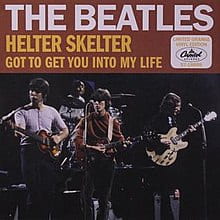 Manson developed a twisted philosophy and began to appear more and more delusional. He thought that the Beatles were trying to convey a message to him on their White Album. Manson believed the song Helter Skelter referred to a coming race war between white and black people that would result in thousands dying, forcing the Family to live in caves underground until it was their time to return and rule over the world. The end of the world or “doomsday” and the belief that the group will get to a “better place” are popular beliefs in NRMs. It is also a key feature in defining what an NRM is.
Manson developed a twisted philosophy and began to appear more and more delusional. He thought that the Beatles were trying to convey a message to him on their White Album. Manson believed the song Helter Skelter referred to a coming race war between white and black people that would result in thousands dying, forcing the Family to live in caves underground until it was their time to return and rule over the world. The end of the world or “doomsday” and the belief that the group will get to a “better place” are popular beliefs in NRMs. It is also a key feature in defining what an NRM is.
At first, Manson told his followers that Helter Skelter would be started by black people but later shirted his agenda, telling the family it was their duty to start it. He told his followers that they were going to be at the forefront of this race war and that they needed to start by killing rich, affluent white people while blaming the crimes on black people.
On August 8th, 1969, Manson launched Helter Skelter. He sent 4 of his followers to a home in the Hollywood Hills where they brutally murdered 5 people, including actress Sharon Tate who was 8 months pregnant. The next night he sent 6 family members to kill supermarket executive Leno LaBianca and his wife, Rosemary.
Manson Trials
Manson had this system of control over his followers. Members stopped thinking for themselves. This can be seen in the video footage of the Manson trials. Linda Kasabian, Patricia Krenwinkel and Leslie Van Houten are seen holding hands, singing and smiling. Like they don’t realize or are ignoring the brutal murders and the fact that they are on trial for their lives.
Charles Manson had controlled their emotions and ways of thinking for a long time both before and after the murders. When Susan Atkins (one of Manson’s followers) was asked questions by reporters, her answers were short and consisted of responses like “I don’t know” or “I didn’t think anything about it”, when asked what they thought about the trials.
The End of The Manson Family
 Though Manson was not physically present for the murders he was still convicted of murder. The jury agreed that he had so much control over the minds of his followers that he had weaponized them.
Though Manson was not physically present for the murders he was still convicted of murder. The jury agreed that he had so much control over the minds of his followers that he had weaponized them.
There are many key ingredients that make up a New Religious Movement and the Mason Family checks off many. Manson was the charismatic leader whose ability to manipulate, brainwash and control people’s emotions led to his devoted following. He isolated his followers on a ranch in the desert, severing their ties with the outside world. All of these tactics helped him cement his prophecy of a race war into the minds of his young followers, promising them a better world of their own when it was over.








